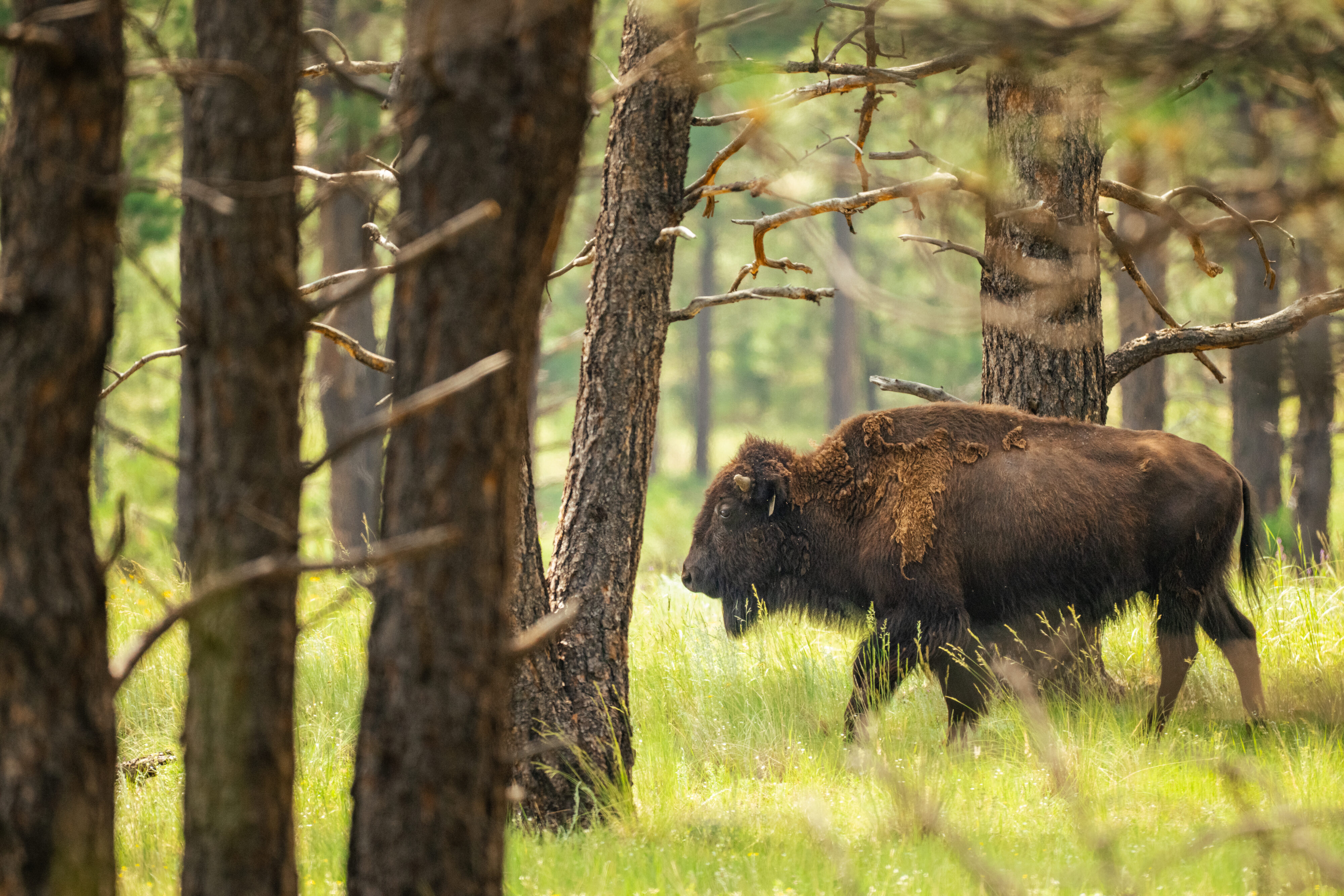Due to a bill passed in the fall of 2009 by the Oregon State Legislature, field burning in 2010 has been outlawed. This primarily applies to the burning of grass seed and cereal grain crop residues in the Willamette Valley. With what was previously a dirty, pollutant-filled yet money-saving process now illegal, farmers have had to turn to something new. Their proposed solution is not only greener, but it may turn out to be profitable as well.

photo via The Oregonian
The field burning process was hardly popular with Oregon residents. It had a long history of dirtying up the air and creating car accidents. One fire in 1988 caused a 21-car pileup resulting in seven deaths.
Farmers, though, are unhappy with the legislation. Burning restrictions and limitations significantly change the tactics farmers employ. According to seed-grower Derek Shumacher, “Farmers must shorten crop rotations and work the fields more when they can’t burn.” He even claims that field burning is a healthy and “organic” process, telling the Argus Observer that ‘‘it reduces pests, recycles nutrients and reduces the use of pesticides.’’
Their negative attitudes may be changing, however, with the proposed $25 million bioenergy park scheduled to break ground next year. According to The Oregonian, “The multi-faceted facility would convert straw and other waste materials into saleable products such as ethanol, electricity,
fertilizer, compost and a compacted wood product capable of replacing
cord wood for residential heating.”
With the plant (similar to the methane migester I reported on in July) capable of powering 2,000 homes and consuming 25,000 to 50,000 tons of straw, hopes are high in the Willamette Valley. Farmer Jerry Marguth told The Oregonian, “If absolutely everything goes according to plan, this will be a tremendous boost for a lot of people.”
In addition to creating energy, the sale of the fertilizer created by the plant could generate several million dollars of revenue.
Sadly, as with most technologies like this, the difficulty lies in getting the project off the ground. The process is proven (but only on a small scale in the US) and the numbers back it up, but the plant is expensive to build, and can’t be done without help from state legislators (who can’t provide funding until 2011). Additionally, private investors want to see one plant up and running successfully before they invest in others.
Anaerobic digestion is a promising technology, though. It is beneficial on multiple levels because it not only eliminates otherwise harmful waste, but it is also a source of renewable energy and revenue. Though they are expensive to establish, they can be profitable and beneficial in the long-run, as Farm Power Energy’s Kevin Maas can attest.
What do you think about this technology? Is waste-to-energy or anaerobic digestion viable? Is it detrimental to farmers, who are such an important foundation to our economy? Are we costing businessmen and taxpayers money by investing in it? Share your thoughts below…
How do you move the planet forward?
Submit Story
 bill passed in the fall of 2009 by the Oregon State Legislature, field burning in 2010 has been outlawed. This primarily applies to the burning of grass seed and cereal grain crop residues in the Willamette Valley. With what was previously a dirty, pollutant-filled yet money-saving process now illegal, farmers have had to turn to something new. Their proposed solution is not only greener, but it may turn out to be profitable as well.
bill passed in the fall of 2009 by the Oregon State Legislature, field burning in 2010 has been outlawed. This primarily applies to the burning of grass seed and cereal grain crop residues in the Willamette Valley. With what was previously a dirty, pollutant-filled yet money-saving process now illegal, farmers have had to turn to something new. Their proposed solution is not only greener, but it may turn out to be profitable as well.
























